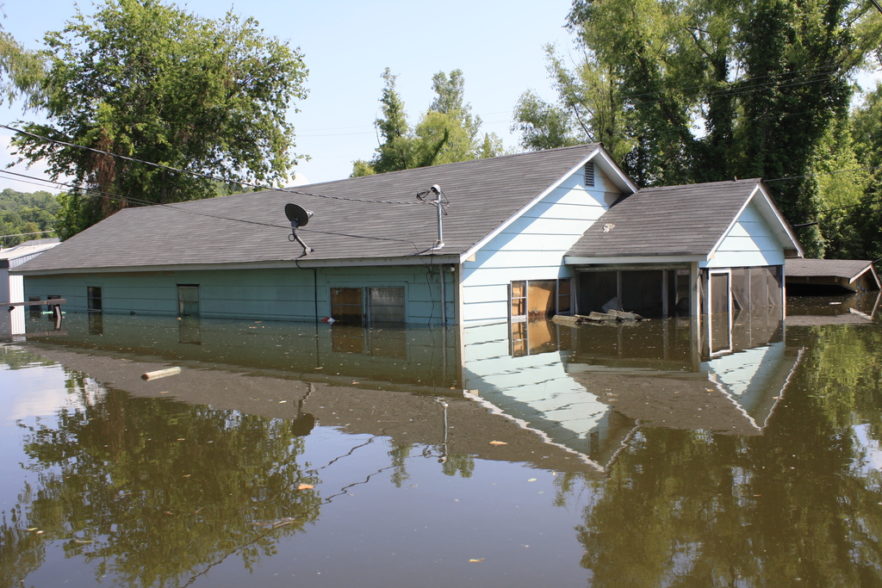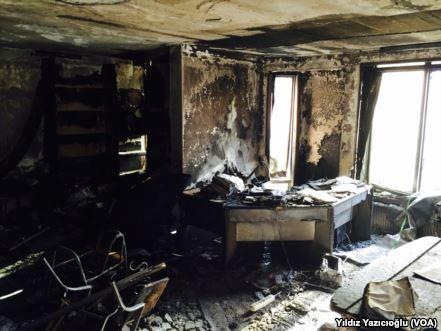If you live in a place where heavy rain is forecasted, be it due to a big storm or a hurricane headed your way, you’re going to want to do everything you can to protect your home and family from the effects of a flood. Especially because a lot of homeowners insurance doesn’t automatically cover flooding, you’ll want to prepare your home to withstand flood waters in order to keep your property and your family safe.
To help you in doing this, here are three tips for preparing your home for forecasted flooding.
Protect Major Components Within Your Home
If there’s a chance that flood waters could be headed to your area, one of the first things you’re going to want to do is to protect the major components within your home. While you can likely handle it if you get some water on the ground in your garage or around your landscaping, if you get flood waters in and around utilities and appliances, you could be in for some trouble.
To help you in protecting certain things, you might want to call local electricians or plumbers in Studio City and other areas to offer their expertise. They can help you figure out how to safely elevate or anchor your utilities and appliances so that you don’t have to worry as much about flood waters getting to them.
Get Backflow Valves Installed
Something else that you have to be concerned with when flooding is a possibility is the chance that sewage could flow the wrong way and get backed up into your house. If this happens, your home has just become a very unsafe and unsanitary place for you and your family to be.
To keep this type of thing from happening to you during flood times, you should get backflow valves installed through your plumbing fixtures. This will make it so that water can flow from your home but won’t be able to come back up the pipes and into your home.
Place Sandbags And Other Protections Or Barriers
When flood waters are likely to make their way to your home and property, you’re going to want to have something available to use as a barrier so that you can protect your home from water getting inside too much.
If you’ve been able to use waterproofing materials when making your home, this is a great first step. You can also use things like sandbags and other protections to create barriers so that water can’t get past them, or won’t get past them as much. Place these in strategic areas that might be lower to the ground or particularly vulnerable to flood waters.
If floods are forecasted to be coming to your area soon, consider using the tips mentioned above to help you learn how to best protect your home and family from their effects.








